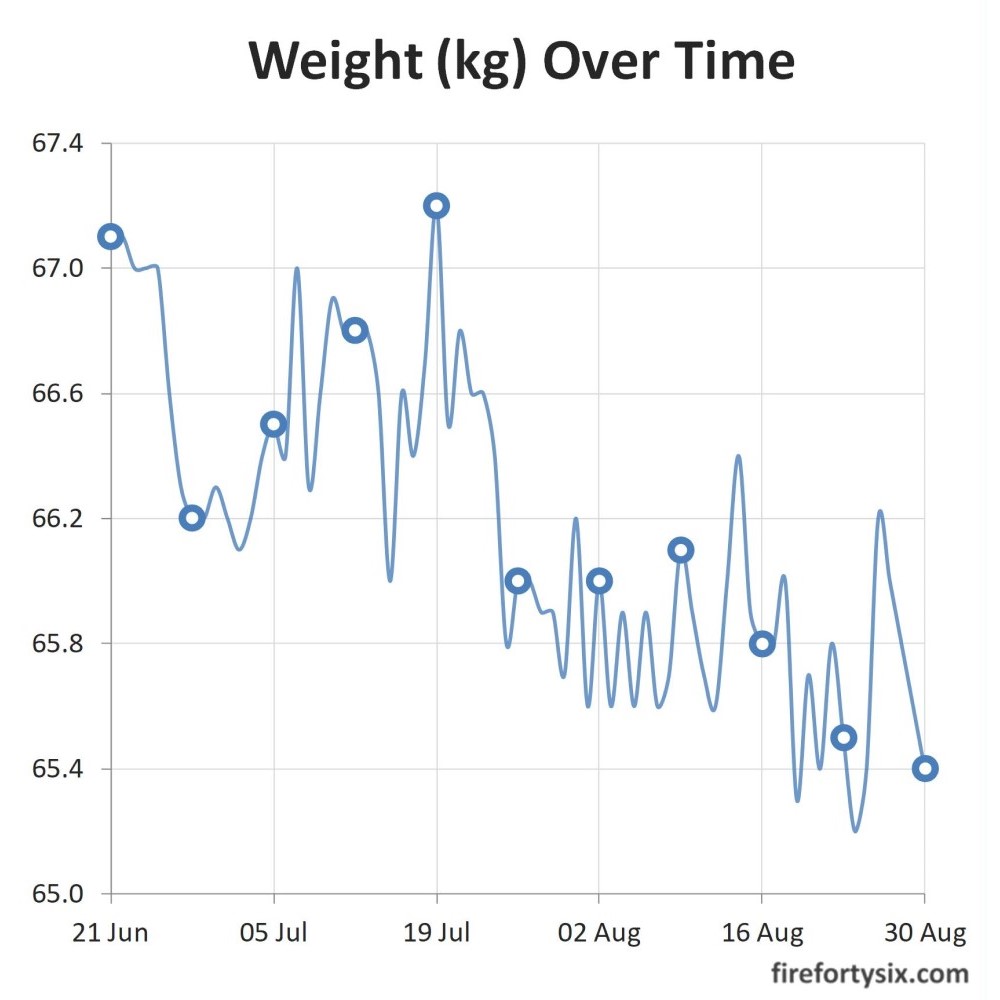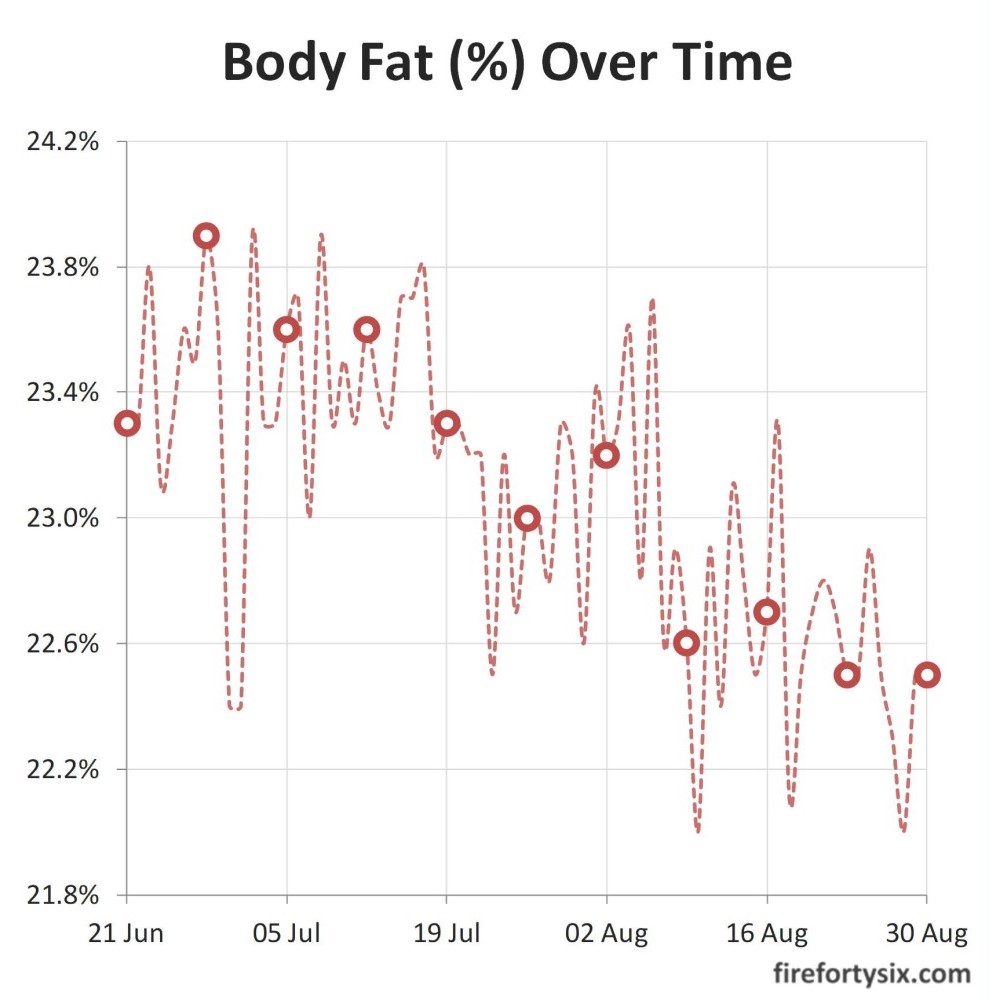We’ve heard about intermittent fasting over the years and had thought about trying it out, but never really got round to actually doing it. That is, until a few months ago, when we were sitting on the sofa, watching our K-dramas and feeling a bit chubby and chunky (okay, maybe more than just a bit).
So we started googling to find out more information, and according to Johns Hopkins Medicine:
“There are several different ways to do intermittent fasting, but they are all based on choosing regular time periods to eat and fast. For instance, you might try eating only during an eight-hour period each day and fast for the remainder. Or you might choose to eat only one meal a day two days a week. There are many different intermittent fasting schedules.
Mattson says that after hours without food, the body exhausts its sugar stores and starts burning fat. He refers to this as metabolic switching… Intermittent fasting works by prolonging the period when your body has burned through the calories consumed during your last meal and begins burning fat.”
Ah yes, metabolic switching (a.k.a. burning fat) sounds like a plan.
Among the different ways to doing intermittent fasting, we wanted one that we could follow consistently and decided on the 16:8 method, where all the day’s eating is done only within an 8 hour window.
For example, if we finished dinner at 4pm, then our next meal would have to be at 8am the next morning, or later. We could have lunch at 12pm and then dinner again at 4pm. Finishing dinner at 4pm sounded a bit extreme, so we pushed the timing back slightly to 5:30pm, which meant that we could only have breakfast at 9:30am.
After trying it out for a couple of weeks, we noticed that it seemed to mess with the regularity of our daily *ahem* waste disposal process, and so we settled on a compromise 15:9 method instead.
Therefore, our daily meal timings would be:
- Breakfast starts at 8.30am, or later
- Lunch at around 12pm-ish
- Dinner ends by 5.30pm
To track our daily progress, we relied on our Tanita UM-050 digital scale, which measured body weight and also body fat percentage. We’ve had this scale for quite some time now, but only used it occasionally. Since we started on our intermittent fasting regime, we step on it daily — first thing in the morning, after visiting the toilet of course (sorry, TMI).


We started on Monday 21 June, and my weight and body fat readings then were 67.1kg and 23.3% respectively.
I wasn’t as concerned about my weight since my Body Mass Index (BMI) then was 21.9, right in the middle of the “Normal” range. But I wouldn’t mind losing a couple of kilograms to reach 65.0kg, for a slightly lower BMI of 21.2.

I was more concerned about my body fat percentage, because I could feel the flab around my waist. It wasn’t a lot, but it was clearly there, especially around the tummy region, where it was covering what I assume were my six-pack abs underneath. I’ve never seen them before, so I’m purely going on faith.
According to Tanita:
“Body Fat Percentage is the proportion of fat to the total body weight. Body fat is essential for maintaining body temperature, cushioning joints and protecting internal organs.
Too much fat can damage your long-term health. Reducing excess levels of body fat has been shown to directly reduce the risk of certain conditions such as high blood pressure, heart disease, type 2 diabetes and certain cancers.
Too little body fat may lead to osteoporosis in later years, irregular periods in women and possible infertility. Over an extended period of time, this can lead to other health risks such as the loss of bone mass. It is thus important to keep your body fat results against the Tanita healthy body fat ranges.
Based on the Gold Standard DEXA and also related researches, Tanita developed the following Healthy Body Fat range.”

A body fat percentage of 23.3% put me in the beginning of the “Overfat” range, which is not great but not terrible either. Getting to 20.0% would be a good outcome, and 18.0% could be a stretch target.
It’s been 10 weeks since we started, and except when we had dinner plans, we’ve been able to keep to the meal schedule on most days. Progress was uneven in the first month, and it felt like there wasn’t actually much progress on both the weight and body fat fronts.
But from the second month onwards, there was a noticeable and sustained improvement which has carried over into the third month. I feel lighter and can see my love handles shrinking, though my abs are still shy and have chosen to remain hidden.
Besides the metabolic switching effect, the other obvious benefit is that because the eating window is compressed, we’ve ended up eating less because our meal times are now so close to each other. It’s hard to have a heavy dinner when lunch was just a few hours ago.
Sometimes we just have a hard-boiled egg each for dinner, and that keeps us going until breakfast the next morning. Although there have been nights where we do feel hungry, and have to console ourselves by remembering that fats are (theoretically) being burned.
Here are my daily tracking charts, with the circles highlighting weekly progress. I should be able to reach my 65.0kg weight target pretty soon, but the 20.0% body fat target is still quite a distance away. It’s trending in the right direction though, so I’m cautiously optimistic.


What about The Wife’s charts, you ask? She exercised her veto rights, so I don’t have permission to share them here, but her results are quite similar.
So, it does seem that intermittet fasting, and specifically our 15:9 method, works as advertised, although it does take some time before noticeable improvements appear. But since it’s now part of our daily routine, we should be able to stick with it for the foreseeable future.
